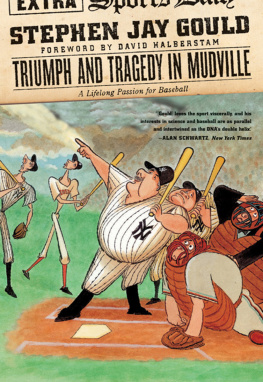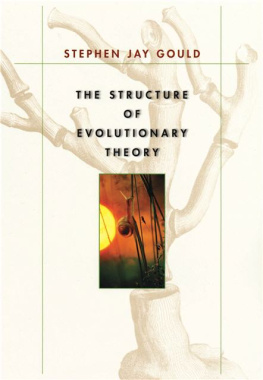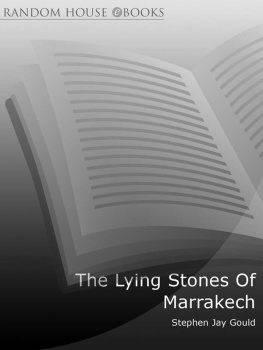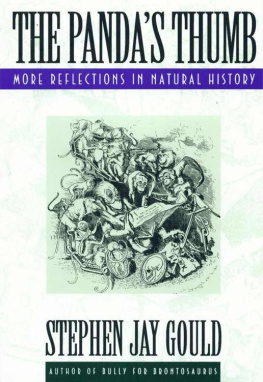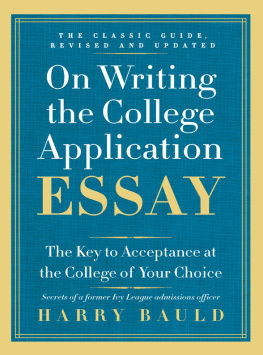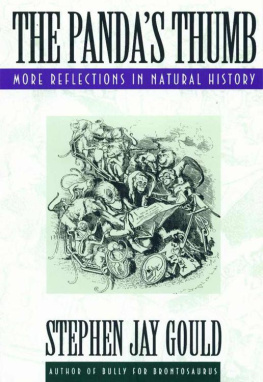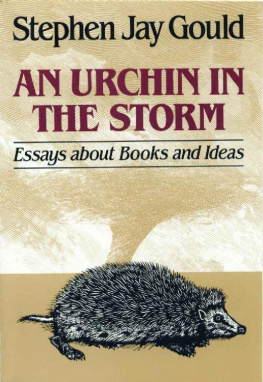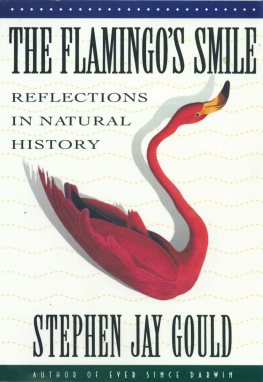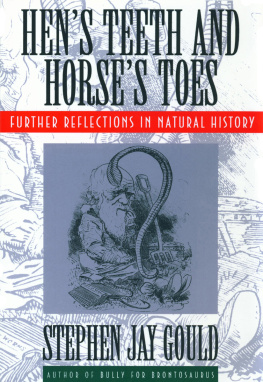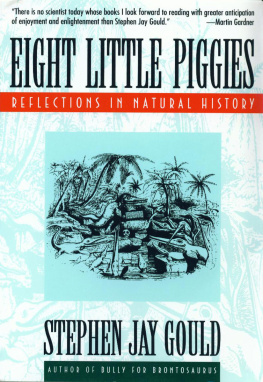Cover painting by C.R. Knight, Brontosaurus
Courtesy Department of Library Services, American Museum of Natural History. Neg. trans. no. 2417 (3)
All rights reserved.
Gould, Stephen Jay.
Bully for brontosaurus : reflections in natural history / Stephen Jay Gould.
p. cm.
1. Natural historyPopular works. 2. EvolutionPopular works. I. Title.
W. W. Norton & Company, Inc.
500 Fifth Avenue, New York, N.Y. 10110
W. W. Norton & Company Ltd.
Hosanna in excelsis .
Prologue
IN FRANCE , they call this genre vulgarisation but the implications are entirely positive. In America, we call it popular (or pop) writing and its practitioners are dubbed science writers even if, like me, they are working scientists who love to share the power and beauty of their field with people in other professions.
In France (and throughout Europe), vulgarisation ranks within the highest traditions of humanism, and also enjoys an ancient pedigreefrom St. Francis communing with animals to Galileo choosing to write his two great works in Italian, as dialogues between professor and students, and not in the formal Latin of churches and universities. In America, for reasons that I do not understand (and that are truly perverse), such writing for nonscientists lies immured in deprecationsadulteration, simplification, distortion for effect, grandstanding, whiz-bang. I do not deny that many American works deserve these designationsbut poor and self-serving items, even in vast majority, do not invalidate a genre. Romance fiction has not banished love as a subject for great novelists.
I deeply deplore the equation of popular writing with pap and distortion for two main reasons. First, such a designation imposes a crushing professional burden on scientists (particularly young scientists without tenure) who might like to try their hand at this expansive style. Second, it denigrates the intelligence of millions of Americans eager for intellectual stimulation without patronization. If we writers assume a crushing mean of mediocrity and incomprehension, then not only do we have contempt for our neighbors, but we also extinguish the light of excellence. The perceptive and intelligent layperson is no myth. They exist in millionsa low percentage of Americans perhaps, but a high absolute number with influence beyond their proportion in the population. I know this in the most direct possible wayby thousands of letters received from nonprofessionals during my twenty years of writing these essays, and particularly from the large number written by people in their eighties and nineties, and still striving, as intensely as ever, to grasp natures richness and add to a lifetime of understanding.
We must all pledge ourselves to recovering accessible science as an honorable intellectual tradition. The rules are simple: no compromises with conceptual richness; no bypassing of ambiguity or ignorance; removal of jargon, of course, but no dumbing down of ideas (any conceptual complexity can be conveyed in ordinary English). Several of us are pursuing this style of writing in America today. And we enjoy success if we do it well. Thus, our primary task lies in public relations: We must be vigorous in identifying what we are and are not, uncompromising in our claims to the humanistic lineages of St. Francis and Galileo, not to the sound bites and photo ops in current ideologies of persuasionthe ultimate in another grand old American tradition (the dark side of anti-intellectualism, and not without a whiff of appeal to the unthinking emotionalism that can be a harbinger of fascism).
Humanistic natural history comes in two basic lineages. I call them Franciscan and Galilean in the light of my earlier discussion. Franciscan writing is nature poetryan exaltation of organic beauty by corresponding choice of words and phrase. Its lineage runs from St. Francis to Thoreau on Walden Pond, W. H. Hudson on the English downs, to Loren Eiseley in our generation. Galilean composition delights in natures intellectual puzzles and our quest for explanation and understanding. Galileans do not deny the visceral beauty, but take greater delight in the joy of causal comprehension and its powerful theme of unification. The Galilean (or rationalist) lineage has roots more ancient than its eponymfrom Aristotle dissecting squid to Galileo reversing the heavens, to T. H. Huxley inverting our natural place, to P. B. Medawar dissecting the follies of our generation.
I love good Franciscan writing but regard myself as a fervent, unrepentant, pure Galileanand for two major reasons. First, I would be an embarrassing flop in the Franciscan trade. Poetic writing is the most dangerous of all genres because failures are so conspicuous, usually as the most ludicrous form of purple prose (see James Joyces parody, cited in Chapter 17). Cobblers should stick to their lasts and rationalists to their measured style. Second, Wordsworth was right. The child is father to the man. My youthful splendor in the grass was the bustle and buildings of New York. My adult joys have been walks in cities, amidst stunning human diversity of behavior and architecturefrom the Quirinal to the Piazza Navona at dusk, from the Georgian New Town to the medieval Old Town of Edinburgh at dawnmore than excursions in the woods. I am not insensible to natural beauty, but my emotional joys center on the improbable yet sometimes wondrous works of that tiny and accidental evolutionary twig called Homo sapiens . And I find, among these works, nothing more noble than the history of our struggle to understand naturea majestic entity of such vast spatial and temporal scope that she cannot care much for a little mammalian afterthought with a curious evolutionary invention, even if that invention has, for the first time in some four billion years of life on earth, produced recursion as a creature reflects back upon its own production and evolution. Thus, I love nature primarily for the puzzles and intellectual delights that she offers to the first organ capable of such curious contemplation.
Franciscans may seek a poetic oneness with nature, but we Galilean rationalists have a program of unification as wellnature made mind and mind now returns the favor by trying to comprehend the source of production.
This is the fifth volume of collected essays from my monthly series, This View of Life, now approaching two hundred items over eighteen years in Natural History magazine (the others, in order, are Ever Since Darwin, The Pandas Thumb, Hens Teeth and Horses Toes , and The Flamingos Smile ). The themes may be familiar (with a good dollop of novelty, I trust), but the items are mostly new (and God has never left his dwelling place in the details).
Against a potential charge of redundancy, may I advance the immodest assertion that this volume is the best of the five. I think that I have become a better writer by monthly practice (I sometimes wish that all copies of Ever Since Darwin would self-destruct), and I have given myself more latitude of selection and choice in this volume. (The previous four volumes discarded only a turkey or two and then published all available items in three years of essays. This volume, covering six years of writing, presents the best, or rather the most integrated, thirty-five pieces from more than sixty choices.)



